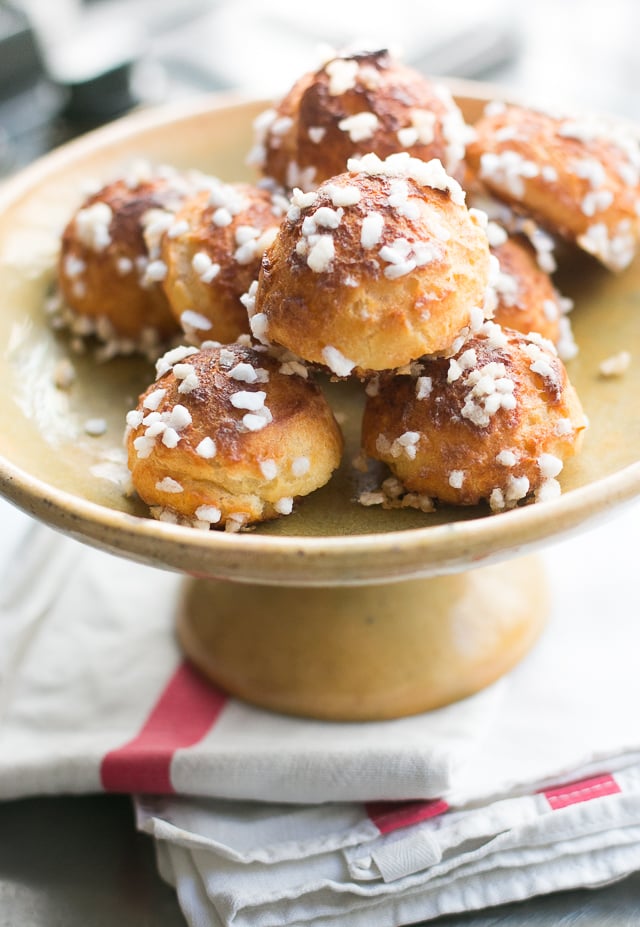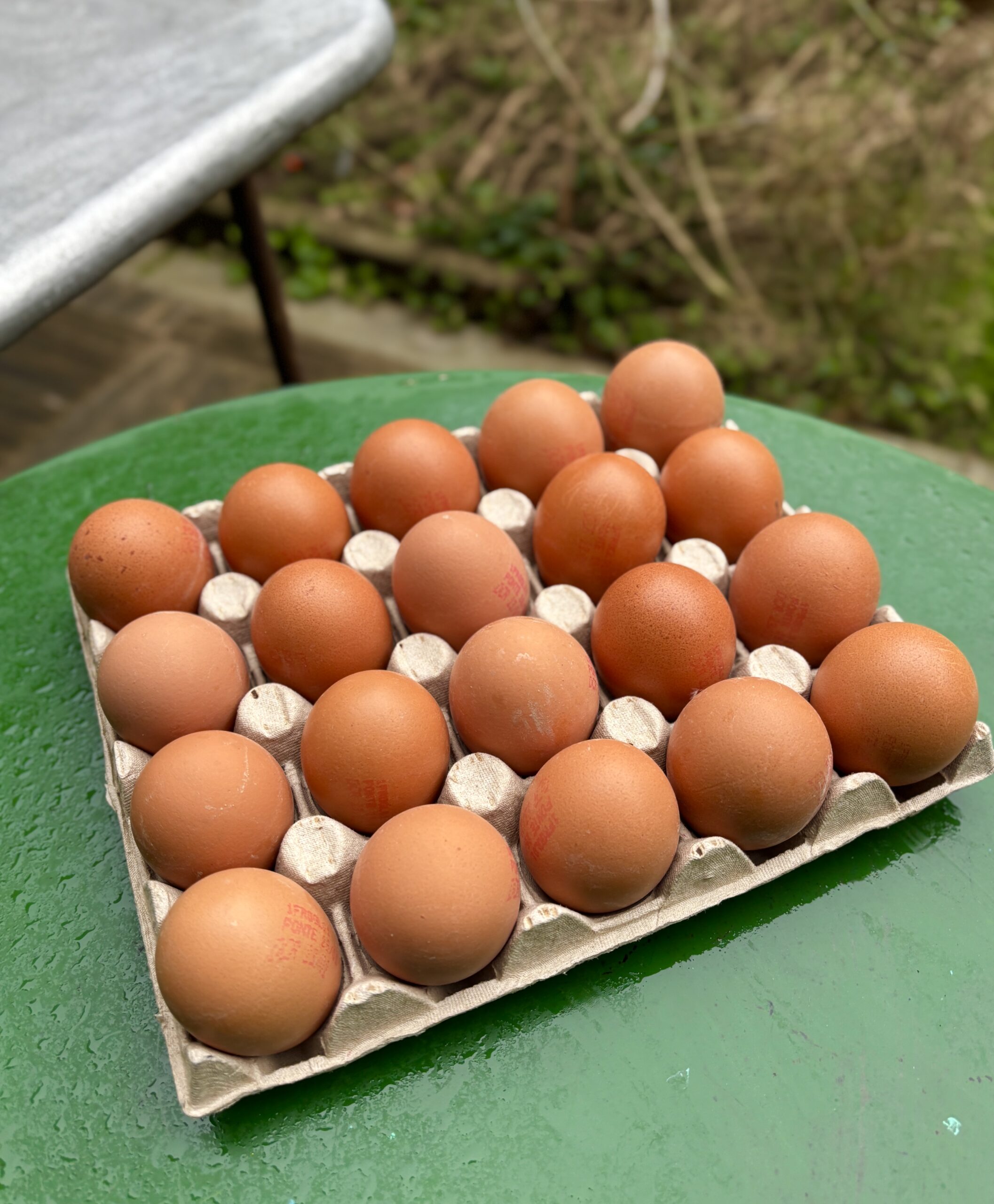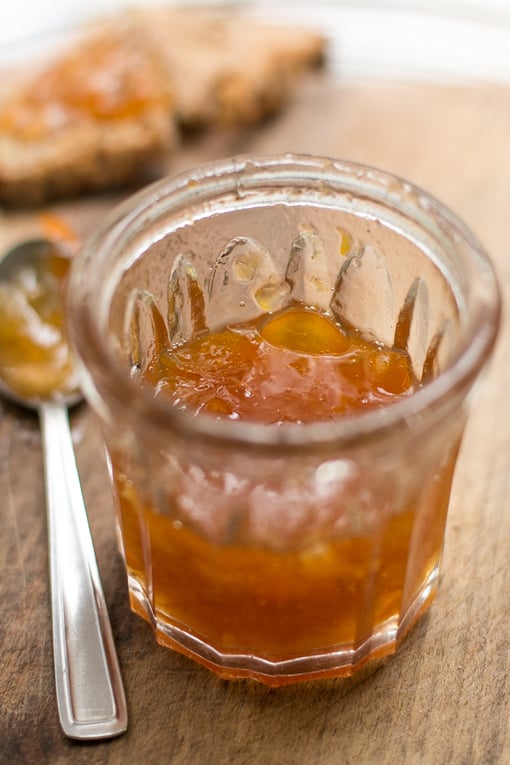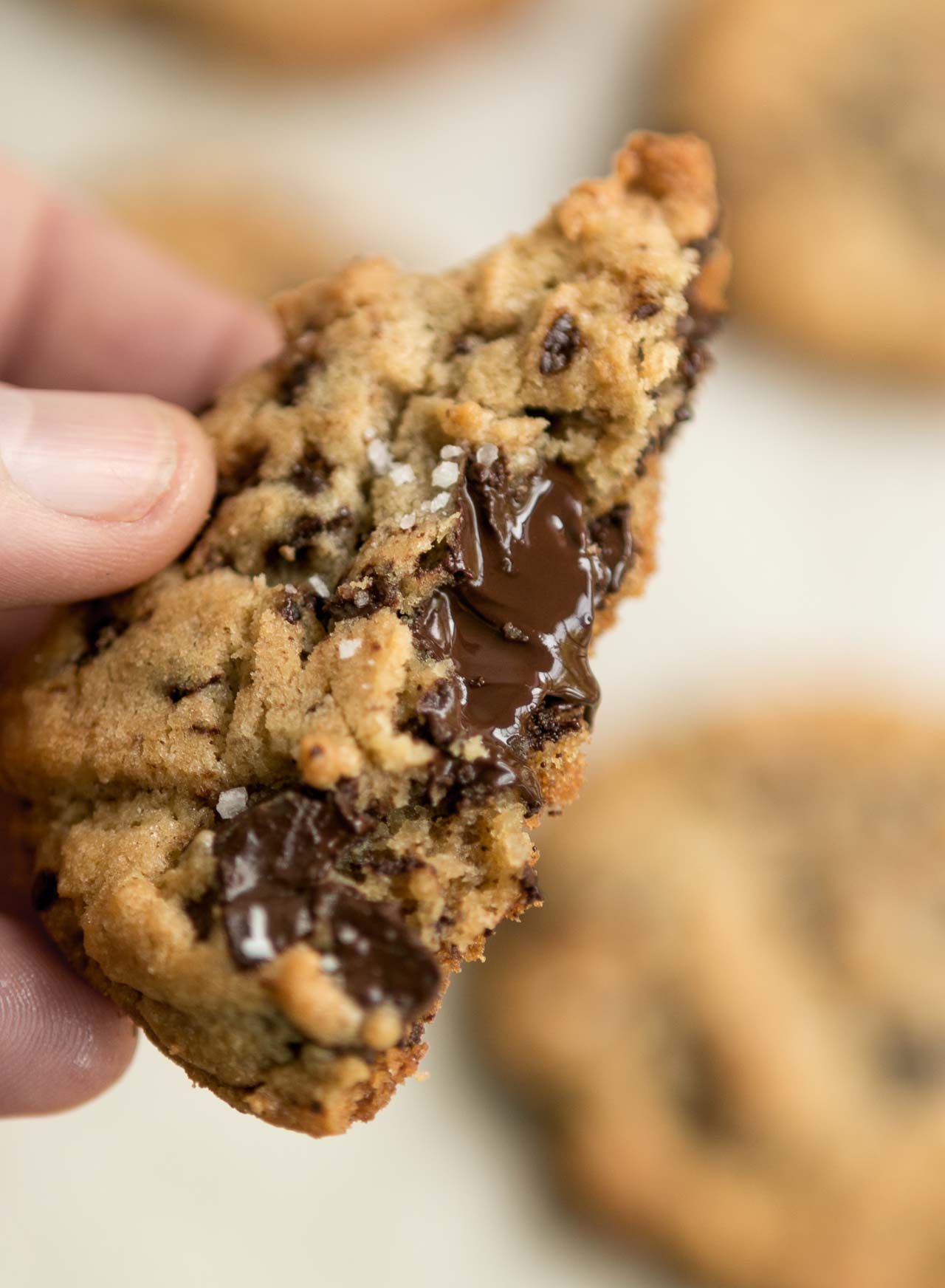No-Knead (Flat) Bread
So I’ve decided to jump on the bandwagon and make the No-Knead Bread.
Except French flour is different than American flour.
Dramatically.
Consequently my first batch turned into No-Knead Flatbread….
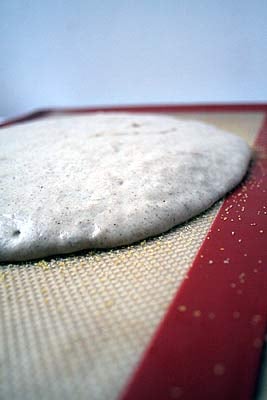
But I’m not quitting yet…
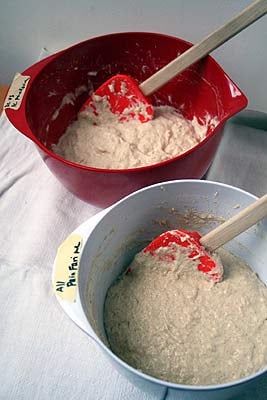
To be continued…
(Continued 12/11/06: Batch #2 came out like #1. You can see Batch #3 of No-Knead Bread here, made with lots of grains and seeds. It tasted great, but didn’t rise much. Will try again with stronger flour…and more of it!)











